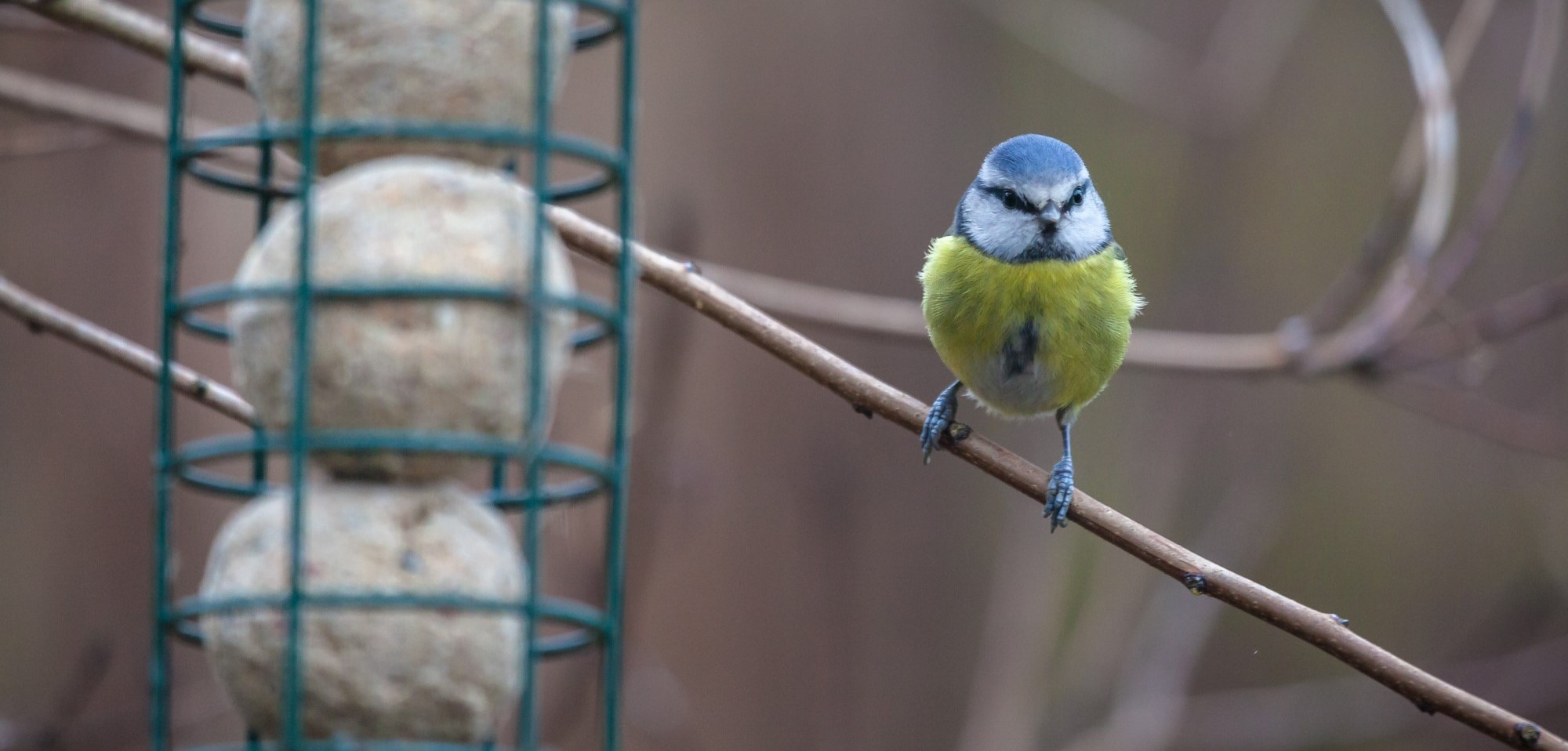Otter’s gardening expert Jo Morse talks us through jobs to do in the garden in November.
November Gardening Tips from Jo
Clearing leaves
Top of the list for the weekend! Leaves are falling thick and fast, and it’s a good idea to keep on top of them. Clearing leaves is good therapy! Put them on your compost heap where they will rot down and become a useful mulch. But don’t sweep up all the leaves. They will provide protection for all sorts of bugs so keep a few corners for small piles of leaves.
If your roses had blackspot or rust this year, you should also remove leaves from around the bottom of the plants. This will help prevent reinfection in the next growing season.
Planting tulips
November is the month to plant your tulips, either into containers or straight into your beds. As it’s been warm and wet, you may want to wait until later in the month when temperatures drop, as this will help prevent disease. In the meantime you can improve your soil by adding last year’s leaf mould and garden compost prior to planting.
The general rule is to plant bulbs two to three times their height, about twice the width of the bulb apart.
The vegetable patch
Continue planting onions, shallots and garlic sets. If you have heavy soil, add your leaf mould, garden compost or other organic matter to the soil before you plant.
You can add well-rotted farm manure to your vegetable patch now. This will rot down over the winter and add nutrients ready for your spring planting.
Wait to lift your parsnips until after the first frosts later in the month. This is when their flavour is at its sweetest.
If you are growing brassica and leafy green vegetables, it may be a good idea to stake them in case of stormy, windy weather. If they move around too much, the roots may become damaged.
Check your stored potatoes, onions and garlic and remove any that are rotting or blackening. Allowing these veg to breathe by using hessian sacks and onion nets will lessen the chance of them rotting.
Tend to fruit
You can prune pear and apple trees from now through to February. However, don’t be tempted to prune plum trees as this will make them susceptible to silver leaf fungus. They are best pruned in the summer months.
If you grow strawberries, tidy up the plants now. Take off any dead leaves and runners – and add to the compost heap.
In November you should plant bare root raspberry and currant plants. These will be in their dormant state ready to spring into life next year to give you tasty crops. Rhubarb will also be dormant now, so divide clumps of mature plants.
As with your veg, take a look at any stored fruit and quickly remove any that have begun rotting. The birds will appreciate it if you put these out for them.
Be prepared!
Those frosts will appear at some point. Hopefully by now you have your fleece or bubble wrap at the ready! Make sure your containers are lifted off the ground with pot feet to prevent frost damage – this is also useful to prevent waterlogging which is more of a concern at the moment.
Lawncare
Aeration is a must and is as simple as taking a garden fork and pricking holes into the lawn. If you rock the fork slightly backwards you will let even more air in. Rake up fallen leaves, and trim edges now that the beds are clear. This will help to keep your garden looking tidy over the winter months.
Wildlife
As the weather gets colder, many birds will turn to the berries – there’s been quite a show of these this year. Now is the time to put out high energy, high fat foods such as suet balls. Keep to a routine when feeding birds as they soon learn what time of day the food goes out.
During milder autumn weather, hedgehogs will remain active but as it gets colder they will slow down and look for nesting areas. You can build a hedgehog house or buy a good quality one. Be really careful if you are planning on having a bonfire and check first that there are no hedgehogs nesting.



 Facebook
Facebook YouTube
YouTube Instagram
Instagram